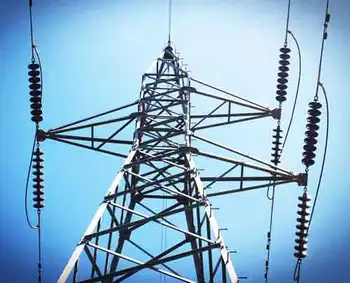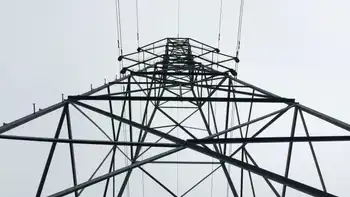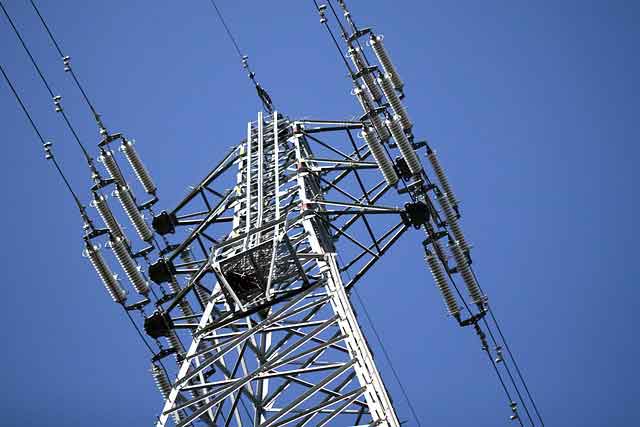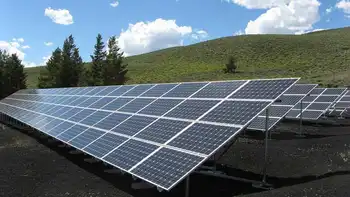Consortium to manage Nigerian grid
By Nigerian Compass
Arc Flash Training CSA Z462 - Electrical Safety Essentials
Our customized live online or in‑person group training can be delivered to your staff at your location.

- Live Online
- 6 hours Instructor-led
- Group Training Available
TCN is one of the 18 successor companies carved out of the Power Holding Company of Nigeria PHCN.
It combines the functions of a transmission services provider, a system operator and a market operator, all of which are central to the sustainability and development of the electricity sector.
At its third meeting for the year, NCP asked the Bureau of Public Enterprises BPE to invite the three firms to re-apply for the management contract for TCN which was aborted by the late President Umaru Musa YarÂ’Adua in 2007.
A statement by BPEÂ’s spokesman, Mr. Chukwuma Nwoko, said the three were the last of the eight initial companies that expressed interest in the management of the national grid, following several advertisements and direct invitations to some international firms in 2006.
Nwokoh explained that TCN emerged as one of the successor companies of PHCN and was scheduled for a Management Contract to transit the company into a financially sustainable, stable, self-sufficient and market-driven company.
The eight companies included: Power Grid Corporation of India Ltd ESB International Terna Rete Elettrica Nazionale Alpha Consortium Ltd ABB ELS Gungor Elektrik Nsquare Intergrated Electric and Manitoba Hydro International.
“The EOIs were evaluated and a short-list was drawn for the next stage of the process. Following World Bank’s ‘No Objection’ to both the Requests for Proposal RFP and the short-list, RFPs were sent to the following short-listed firms in February 2007: Power Grid Corporation of India Ltd ESB International of Ireland Terna Rete Elettrica Nazionale of Italy and Manitoba Hydro International of Canada.”
According to the statement, only Power Grid Corporation of India Ltd, ESB International of Ireland, and Manitoba Hydro International of Canada submitted their proposals Technical and Financial at the deadline for submission in April 2007.
After technical evaluation based on World Bank guidelines to ascertain the technical competence of the technical proposals, all three firms obtained the minimum score of 75 per cent required to proceed to the next stage of the process.
Consequently, he stated, financial proposals were opened in September 2007 where Power Grid of India came first with a combined technical and financial score of 80.18 per cent followed by ESB International of Ireland with a score of 77.18 per cent. Manitoba Hydro of Canada came third with 72.07 per cent.
However, he stated that the process was suspended at that point “following the government decision to suspend all reforms and privatization activities in the electric power sector. Thus, the current process is just a continuation of the former process following President Goodluck Ebele Jonathan’s directive that electric power reforms and privatization should be re-started.
“Considering that time has lapsed during which more industry data, information, massive investment and expansion had been undertaken, it has become necessary to ask the three pre-qualified firms to re-submit their technical and financial proposals.
“The Technical Proposals will be evaluated based on their transmission-loss-reduction, network improvement and capacity transfer strategy. The intent is to have a transmission company that will be capable of containing the anticipated changes in the Nigerian Electricity Supply Industry and Market,” the statement concluded.











